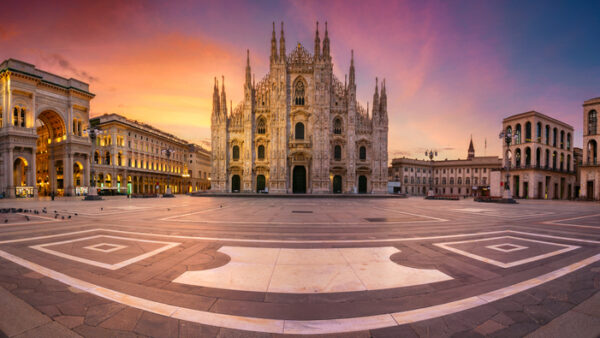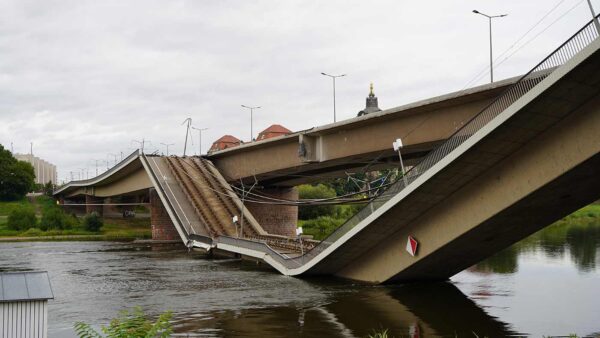
Annual construction output in the UAE is projected to swell to $130.8bn by 2029, up from the record $107.2bn seen in 2024, according to property consultancy Knight Frank.
“The UAE construction industry is in a period of robust growth and transformation, driven by economic diversification, tourism and strategic infrastructure investments, particularly in housing, transport and smart cities,” said Faisal Durrani, Knight Frank partner and head of research for MENA.
The value of UAE construction output has increased steadily since the start of the decade, and Knight Frank forecasts 4% growth a year to 2029 in its 2025 UAE Construction Landscape Review.
Construction accounts for 62% of future pipeline projects, ahead of transport (12%), power (7%) and water (5%).
In the construction pipeline, mixed-use projects account for 42%, followed by residential real estate (28%), data centres (9%) and hospitality projects (4%).
Dubai’s diversification paid off
Praising Dubai’s decades-long campaign to build its economy without oil and gas, Knight Frank notes that Dubai has been the world’s number one recipient of FDI into greenfield projects for three years running.
Upcoming projects in Dubai include high-end developments like the Palm Jebel Ali, The Oasis by Emaar, Marsa Al Arab, Therme Dubai, Naia Island, along with Venice at DAMAC Lagoons and Parkwood and Address Residences in Dubai Hills Estate.
Dubai is also expanding its Metro system by 15km by 2029, with the construction of the Blue Line.
“Continuous strategic economic development is reshaping Dubai’s commercial real estate landscape and the latest construction output figures reflect the strong fundamentals of the market,” said Moataz Mosallam, Knight Frank’s partner for project and development services in MENA.
“Under the Dubai Urban Masterplan, the city’s population is forecast to grow from 3.4 million in 2020 to 5.8 million by 2040, underpinning the residential sector’s expansion. In addition, around 8.2 million sq ft of office space is under construction and is due to be delivered by 2028, but our estimate is that demand is likely to exceed supply, further supporting momentum in the construction sector.”
- Subscribe here to get stories about construction around the world in your inbox three times a week






